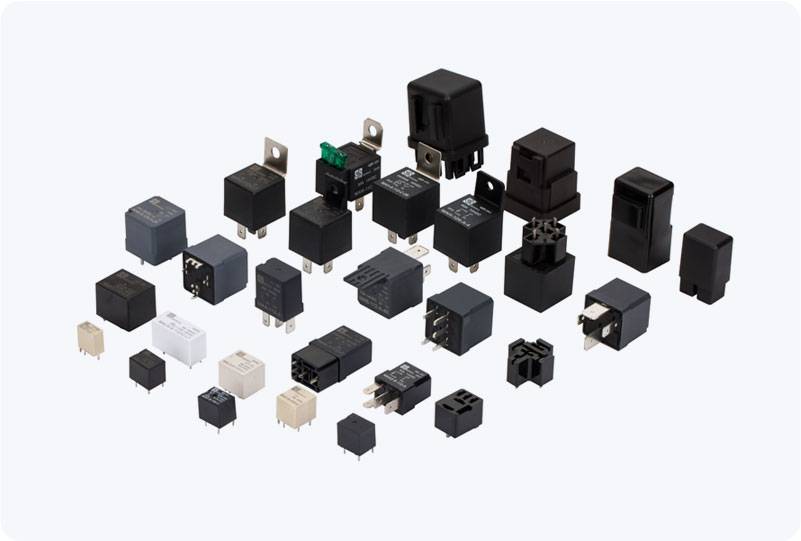Telecommunication relay plays a crucial role in the field of communication, allowing for the seamless transmission of signals over long distances and across various mediums. As the global demand for faster and more reliable communication increases, the importance of telecommunication relays becomes more evident. This article explores the role of telecommunication relay, its types, applications, and significance in modern communication systems.

What is a Telecommunication Relay? A telecommunication relay is essentially a device or mechanism that receives, amplifies, and retransmits communication signals in a network. It is used to extend the reach of signals, overcome obstacles, and improve signal quality over long distances. By performing these functions, relays play an essential part in ensuring uninterrupted communication across diverse environments, whether in telephony, satellite systems, or broadband networks. Functions of Telecommunication Relay Signal Amplification: The most fundamental function of a telecommunication relay is to amplify weak signals. As a signal travels through a medium, such as a wire, fiber-optic cable, or air, it naturally loses strength due to factors like distance, noise, and attenuation. Relays are employed to boost these signals before retransmitting them, ensuring they reach their destination clearly and without significant distortion.